Biomechanical improvement of serve performance
220 km/h
BALL SPEED
2000 N
VERTICAL GROUND REACTION FORCE
100°
MAXIMAL INTERNAL ANGLE OF KNEE FLEXION
2500 °/s
SHOULDER ANGULAR VELOCITY
50 m/s
MAXIMAL RACKET VELOCITY
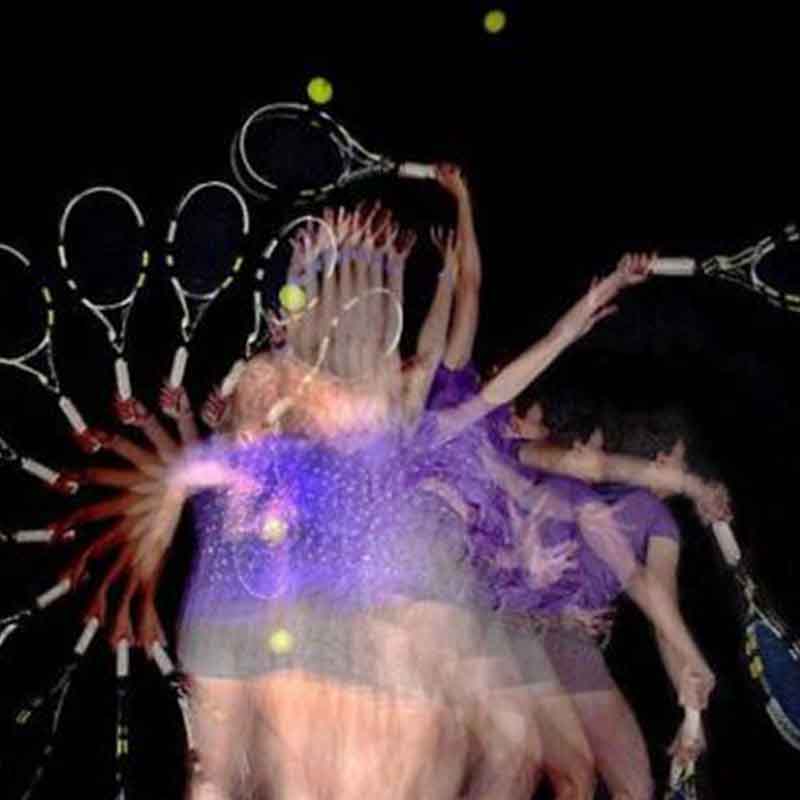
The serve : a weapon
Today, the serve is one of the most important strokes in tennis. To hinder the opponent’s return, the best professional players optimize the biomechanics of their motion to hit with power, accuracy and spin. Poorly executed, the serve can be painful, causing both chronic (shoulder, elbow, back) and/or acute injuries (abdominals).
Tennis serve biomechanics
The serve corresponds to a sequence of motions based on a kinematic chain that begins with the action of the legs and continues with rotations of the trunk and upper limb. This kinematic chain transfers energy from the legs to the racket.
Technical expertise
The serve is a difficult and potentially traumatic stroke to master, as the player has to combine and sequence the actions and rotations of the different body segments with the right timing to hit the ball as high as possible and maximize ball speed and/or the amount of spin.
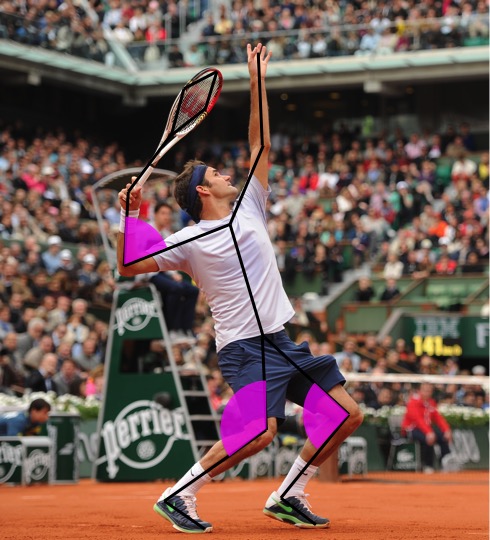
Vertical ground reaction force
Knee flexion
Shoulder angular velocity
Racket speed
Results
Main results
The players who serve with the highest ball velocity are those who :
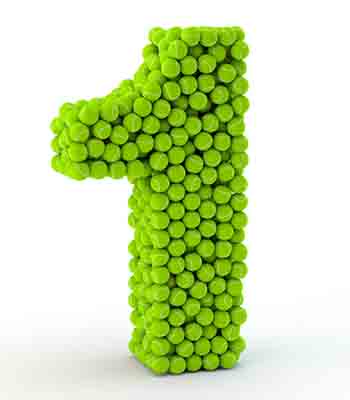
Produce the greatest amounts of segment rotation.
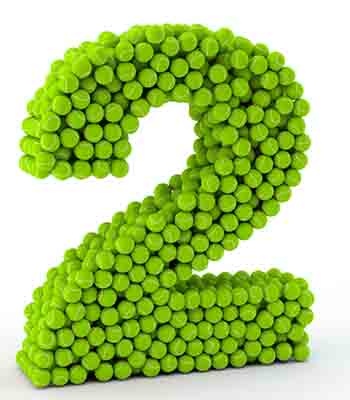
Best transfer energy from one segment to another.
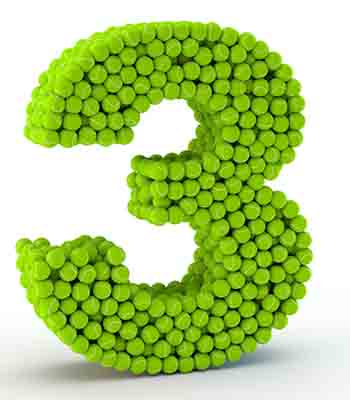
Show optimal timing in the sequence of segmental actions from the legs to the racket.
Studies
Publications
Professional tennis players’ serve: correlation between segmental angular momentums and ball velocity
C. Martin, R. Kulpa, P. Delamarche, B. Bideau. « Professional tennis players’ serve: correlation between segmental angular momentums and ball velocity », Sports Biomechanics, Special Issue : Tennis and Biomechanics, 2013, 12(1), 2-14.
How does the tennis serve technique influence the serve-and-volley?
C. Martin, B. Bideau, G. Nicolas, P. Delamarche, R. Kulpa. »How does the tennis serve technique influence the serve-and-volley? » Journal of Sports Sciences, 2012, 30(1), 1149-56.
Lien entre les rotations des segments du corps vers l’avant et la vitesse de balle au service chez des joueurs de haut niveau
C. Martin. «Lien entre les rotations des segments du corps vers l’avant et la vitesse de balle au service chez des joueurs de haut niveau», Technique et pédagogie, La lettre du club fédéral des enseignants professionnels n°77, Fédération Française de Tennis, 2012, 6-9.
Impact biomécanique de la technique de service sur l’enchaînement service – volée
C. Martin. «Impact biomécanique de la technique de service sur l’enchaînement service – volée», Technique et pédagogie, La lettre du club fédéral des enseignants professionnels n°62, Fédération Française de Tennis, 2010, 6
